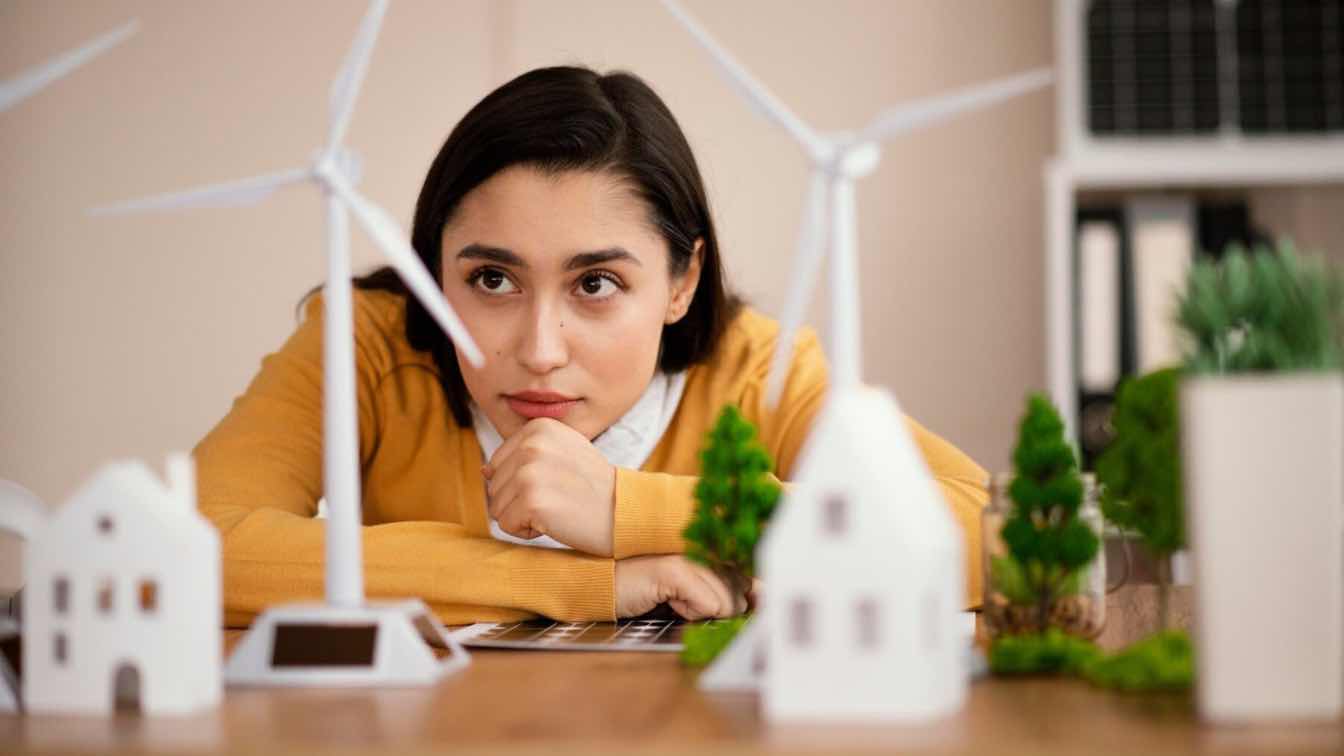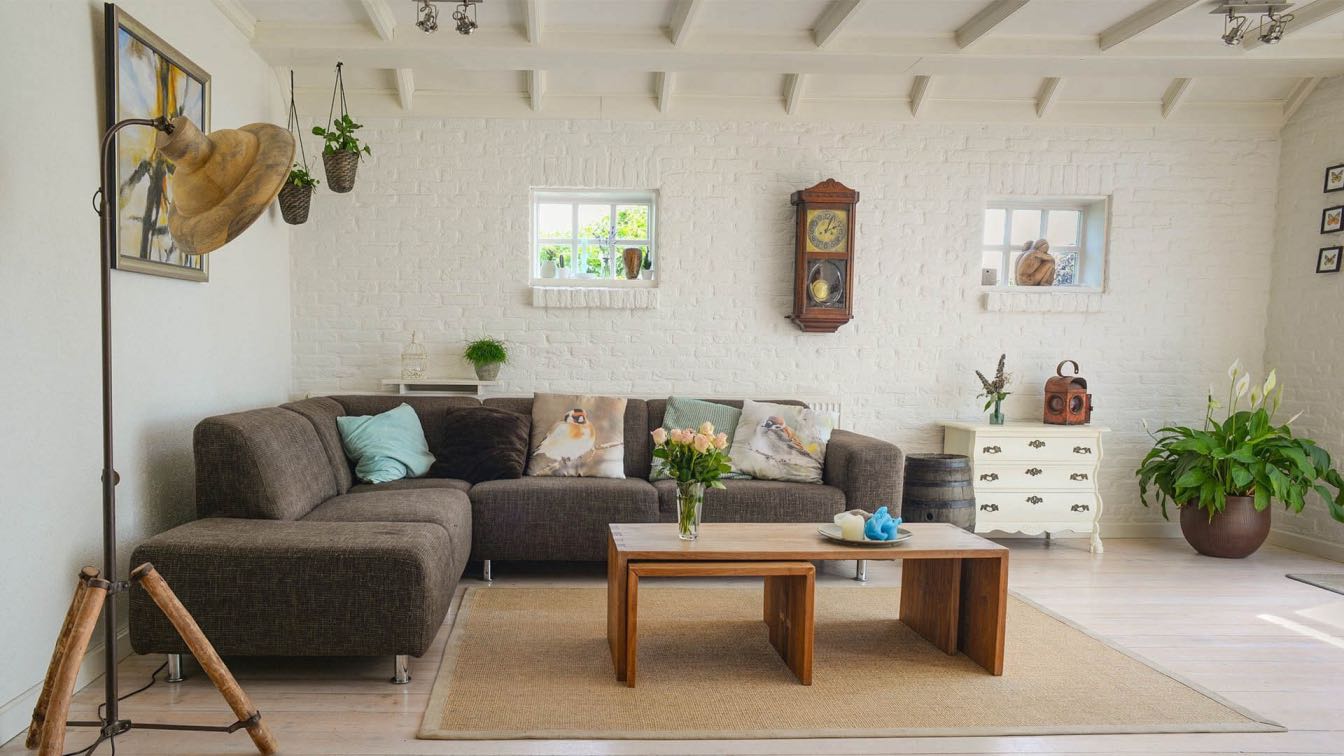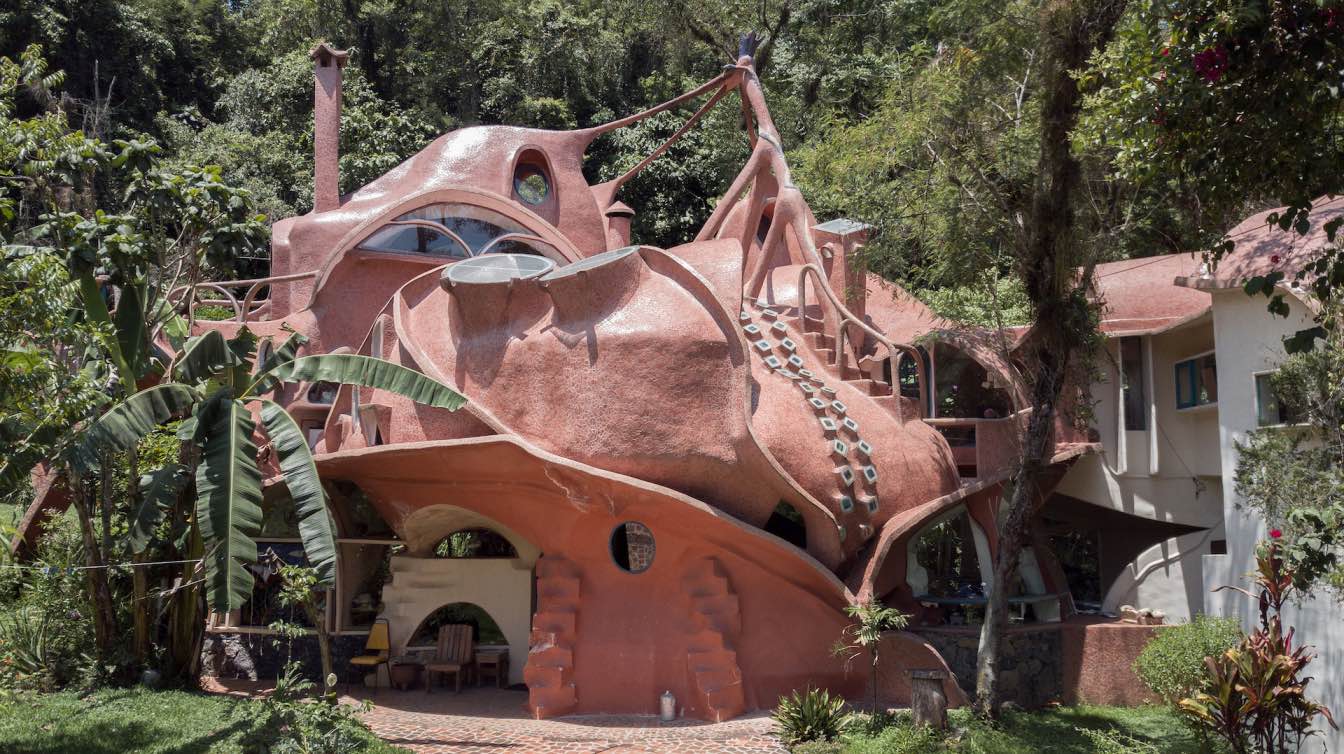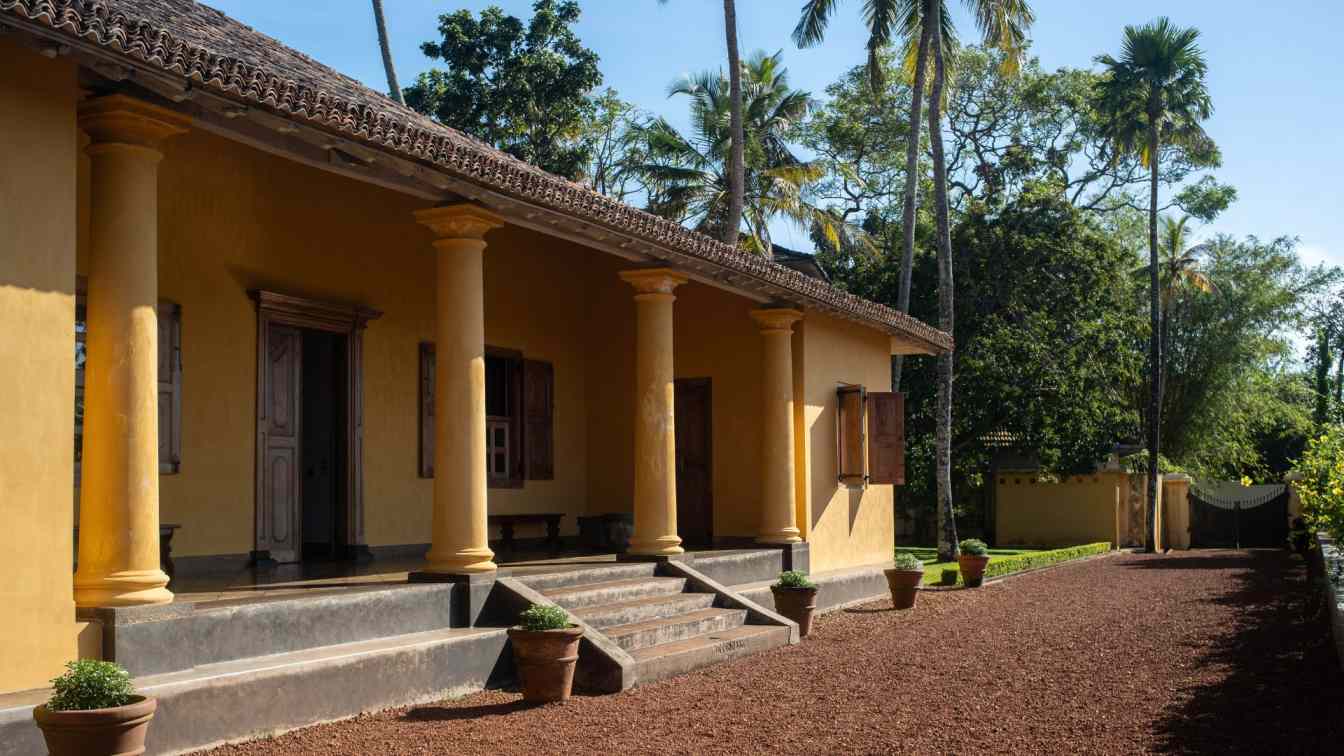In Australia, creating a sustainable home is more important than ever. With rising energy costs and increasing environmental concerns, homeowners are looking for ways to reduce their carbon footprint and save money. This article explores practical and accessible upgrades that can make your home more eco-friendly and energy-efficient.
From simple changes in lighting to more advanced solutions like solar panels, we'll cover a range of options suitable for different budgets and lifestyles. By implementing these upgrades, you'll contribute to a healthier planet and enjoy lower utility bills and a more comfortable living space.
Energy Efficiency
When it comes to energy efficiency, small changes can lead to significant savings. Start by replacing old light bulbs with LED alternatives, which use up to 75% less energy and last much longer. Install smart thermostats to optimise heating and cooling, reducing energy waste when you're away or asleep.
Proper insulation is crucial for maintaining comfortable temperatures and reducing reliance on heating and cooling systems. If you convert a garage into a room, for instance, adding insulation would significantly reduce energy consumption for heating and cooling.
Consider upgrading to energy-efficient appliances, particularly for high-energy users like refrigerators and washing machines. These appliances may have a higher upfront cost but will save you money in the long run through reduced energy bills.
Water Conservation
Water conservation is critical in Australia's often drought-prone climate. Start by installing low-flow faucets and showerheads – you'll hardly notice the difference in water pressure, but you'll see a significant drop in water usage.
Dual-flush toilets are another smart upgrade, allowing you to use less water for liquid waste. For a more significant impact, install a rainwater system. These systems collect rainwater from your roof, which can be used for gardening, flushing toilets, or even laundry. It's a great way to reduce your reliance on mains water, especially during dry spells.
Fix leaks as soon as possible — even a small drip can waste thousands of litres a year.
Green Energy Solutions
Harnessing renewable energy is a powerful way to make your home more sustainable. Solar panel installation is increasingly popular in sun-drenched Australia, with many homeowners able to generate most or all of their electricity needs. The initial investment can be significant, but government incentives and long-term savings make it an attractive option.
When considering options, assessing your home's specific needs and location is important.
Smart Home Technology
Smart home tech isn't just about convenience — it's a powerful tool for sustainability. Home energy monitoring systems give you real-time insights into your energy usage, helping you identify energy hogs and change habits accordingly.
These systems can often be accessed via smartphone apps, allowing you to track and manage your energy use even when you're away from home.
Automated lighting and climate control systems ensure you use energy only when and where you need it. For instance, smart lights can turn off automatically when a room is empty, while smart blinds can open and close to optimise natural heating and cooling. Some systems even learn your habits over time, automatically adjusting to maximise efficiency.
Indoor Air Quality
Improving indoor air quality is an often overlooked factor of home sustainability. Introducing air-purifying plants like peace lilies, spider plants, or snake plants, which naturally filter indoor air pollutants, is a great way to start.
Improve natural ventilation by ensuring windows can be opened easily, and consider installing ceiling fans to improve air circulation. When renovating, choose low-VOC (Volatile Organic Compound) paints and finishes to reduce harmful emissions.
Replace chemical-heavy cleaning products with natural alternatives like vinegar, baking soda, and essential oils. If you live in an area with high outdoor pollution, consider installing a whole-house air filtration system. HEPA air purifiers can particularly benefit those with allergies or respiratory issues.
Outdoor Sustainability
Sustainable practices shouldn't stop at your doorstep. In your garden, opt for native Australian plants adapted to local climate conditions, requiring less water and maintenance.
Implement drought-resistant gardening techniques like xeriscaping, which minimises water use through strategic plant selection and placement.
Consider replacing traditional concrete or asphalt driveways with permeable paving options that allow rainwater to soak into the ground, reducing runoff and helping to replenish groundwater.
Install a compost bin to recycle kitchen and garden waste, providing nutrient-rich soil for your plants.
If space allows, plant trees strategically around your home to provide natural shading in summer, reducing the need for air conditioning.
Making your home more sustainable doesn't have to involve major renovations or significant expenses. By implementing even a few of these simple upgrades, you can reduce your environmental impact, lower your utility bills, and create a healthier living space. Start with small changes and gradually incorporate more sustainable practices into your home.
Remember, every step towards sustainability, no matter how small, contributes to a greener future for Australia and the planet.





